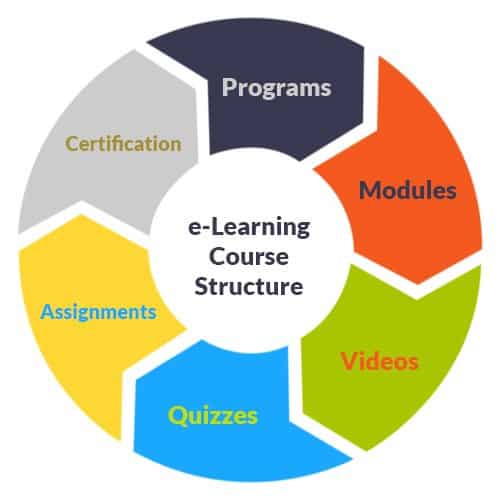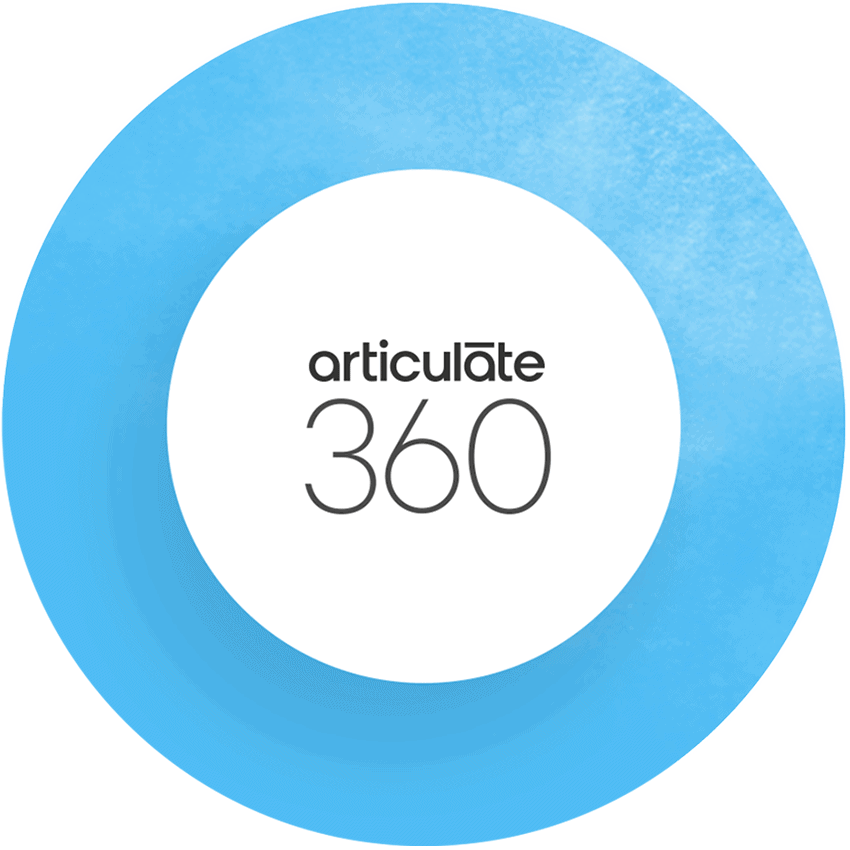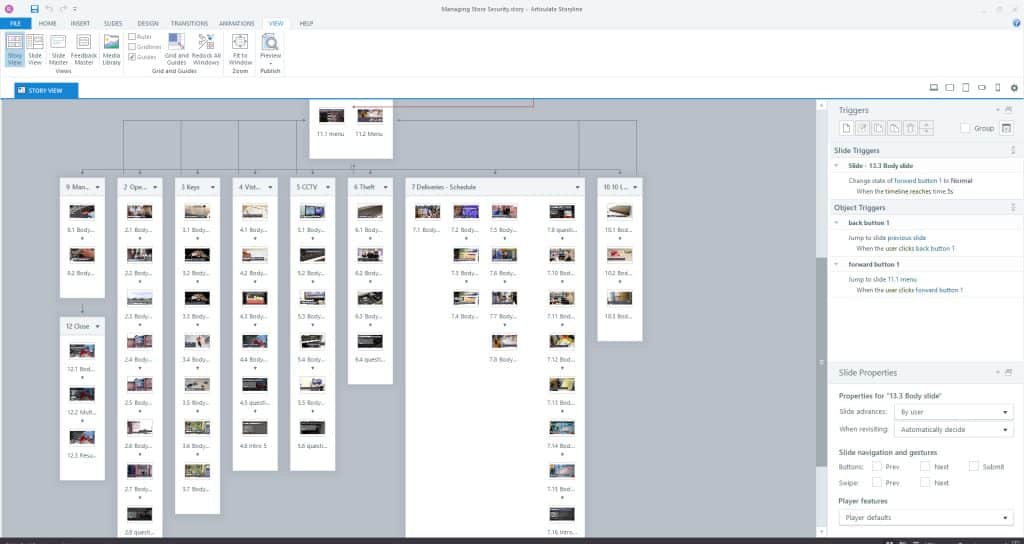.
What is e-Learning?
What is e-Learning?
e-Learning, or electronic learning, is the delivery of learning and training through digital resources. Although e-Learning is based on formalised learning, it is provided through electronic devices such as computers, tablets and even cellular phones that are connected to the internet. This makes it easy for users to learn anytime, and anywhere.

Types of e-Learning Training
Employee Training
This is the most frequent type of e-Learning organisations use an LMS for. Organisations utilise employee training for numerous reasons, such as on-boarding new hires and improving employee performance. Training employees using an LMS formalises training delivery and makes it more efficient.
Compliance Training
This is a necessity for most organisations. It informs your employees on the laws or regulations applicable to their role and industry. Compliance training is mandatory and tackles topics such as health, safety, and dignity in the workplace. Some examples of compliance training include:
Diversity Training
HR Law
Anti-Harassment Training
Customer/Colleague Training
Customer/Colleague training supports to deliver better service either behaviorally, or through education of a process. As well as raising the customer experience, customer training benefits the organisations that run them too. You will experience better customer on-boarding, increased engagement with your product or services, and improved retention.
Product Training
These support colleagues to efficiently understand how to operate a machinery or product. Great product knowledge delvers great customer service, through increased confidence. They also allow the company to track safety compliance and standardisation to ensure all colleagues follow the same process.

Imaginate e-Learning Journey
In 2014 whilst working for HRG as an e-learning consultant, Raj understood the e-learning world was changing rapidly.
With over 10 years managing challenging retail environments, he understood the human psychology and the constraint colleagues had managing their day jobs with their training routines.
The attention span of the learner was getting shorter, time was precious, and the material not only needed to get to the point, but it also needed to be highly engaging and keep the learner interested throughout.
He had a vision of introducing video, animations and professional photography into e-learning material, and was instrumental into shaping the culture of 3 businesses into moving more towards a more interactive experience. This allowed powerful media to communicate with the learner than endless amounts of block text which was the standard.
With over 7 years of creating over 100 complex e-learning content and courses for businesses, he now also supports businesses in creation of material from data compliance & security through to product training. These can be used on their LMS platform.
These courses can either be informational, module based, or be used as part of compliance with quizzes and SCORM testing scores throughout. All content is used created using Articulate 360.
